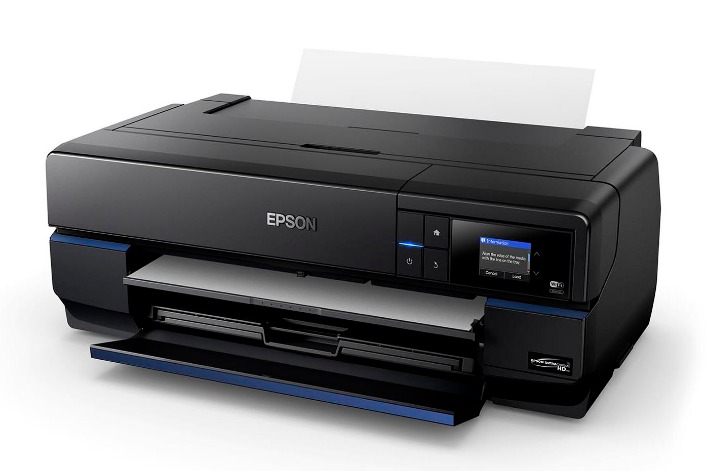From self-service kiosks to medical analyzers and EV chargers, compact devices increasingly need instant, reliable paper trails. That’s where an embedded thermal printer excels: it delivers fast, silent output with minimal upkeep, even in tight spaces and demanding duty cycles.
Why Engineers Choose Embedded Printing
Thermal mechanisms skip ink, minimize moving parts, and handle high-volume bursts without fuss. A well-chosen embedded thermal printer pairs speed with robust cutters, smart paper management, and flexible interfaces—perfect for designs that can’t afford downtime.
Core Advantages
- High-speed output for short transaction times and better user throughput
- Auto full/partial cutting to match receipt length and reduce jams
- Compact footprints that integrate cleanly behind bezels and panels
- Interfaces ranging from USB and Serial to TTL for microcontroller control
- Long-life printheads and cutters that lower maintenance and total cost
- Sophisticated firmware for barcodes, QR codes, logos, and multi-language fonts
Selecting the Right Model
Choosing wisely means aligning performance, integration constraints, and lifecycle expectations.
- Media width and roll size: 58 mm vs. 80 mm, and max roll diameter for service intervals
- Print speed and resolution: balance throughput with image clarity and power draw
- Cutter duty cycle: rated cuts aligned to device traffic and maintenance windows
- Operating environment: temperature, humidity, dust, and vibration resilience
- Power budget: peak vs. average draw, sleep modes, and power rail stability
- Connectivity: driver availability, SDK support, and mobile or embedded OS targets
- Paper path and bezel: anti-jam design, exit lighting, and service accessibility
- Regulatory and safety: EMC, fire-retardant materials, and regional compliance
Integration Quick Tips
Robust integration is as much mechanical and thermal as it is electrical and software-driven.
- Mount with rigid brackets to maintain cutter alignment and reduce vibration
- Provide airflow or heatsinking near the printhead for sustained high-speed runs
- Design a guided paper path and accessible loading for quick field service
- Budget for peak current during dense barcode bursts; add bulk capacitance where needed
- Use ESD protection at the presenter slot and shielded cabling for EMC margins
- Plan firmware updates via service ports and keep font/logo assets versioned
Where It Shines
- Payment and ticketing kiosks needing crisp receipts and stubs
- Vending and micro-markets with limited space but high daily cycles
- Medical analyzers and lab devices requiring traceable printouts
- Transportation validators, parking meters, and fare collection
- Retail POS, order pickup lockers, and queue management systems
Total Cost of Ownership
Inkless operation, long-life cutters, and minimal service intervals drive down overall costs. Paper remains the primary consumable; choosing coated stock rated for heat, humidity, and archival needs preserves legibility and reduces reprints. A thoughtfully integrated embedded thermal printer cuts downtime and accelerates ROI across multi-site deployments.
FAQs
Does an embedded unit need ink or toner?
No. Thermal printheads activate dye in coated paper, eliminating ink cartridges and cutting maintenance.
How long do receipts last?
With quality thermal paper and proper storage (away from heat, UV, oils), prints can remain readable for years; archival grades extend longevity further.
Can it print graphics and codes?
Yes. Typical firmware supports logos, images, 1D and 2D barcodes (including QR), plus international character sets.
What prevents paper jams?
Anti-jam paper paths, sensor feedback, and matched cutter geometry help maintain clean exits. Correct paper tension and alignment are key.
Is it suitable for outdoor kiosks?
With the right enclosure design, environmental sealing, and rated operating range, it performs reliably; select media engineered for temperature extremes.
When devices must deliver fast, dependable documentation in tight spaces, an embedded thermal printer is the pragmatic choice—streamlined, durable, and ready for modern, unattended systems.



